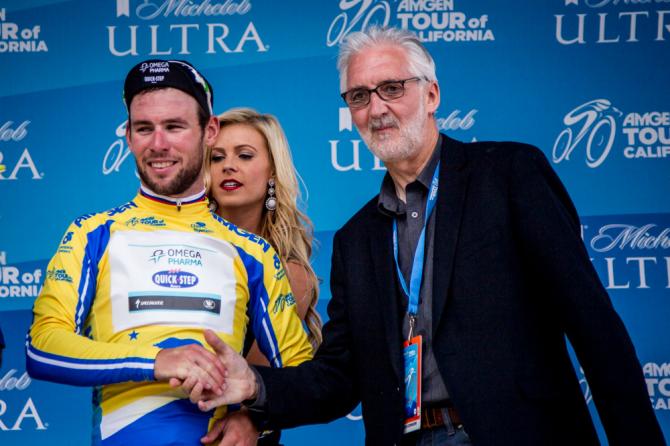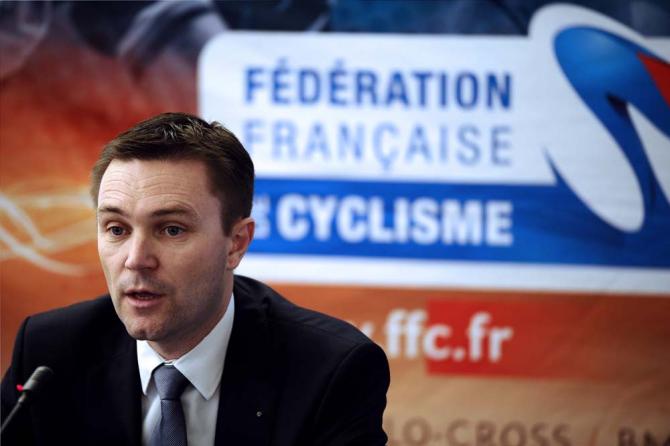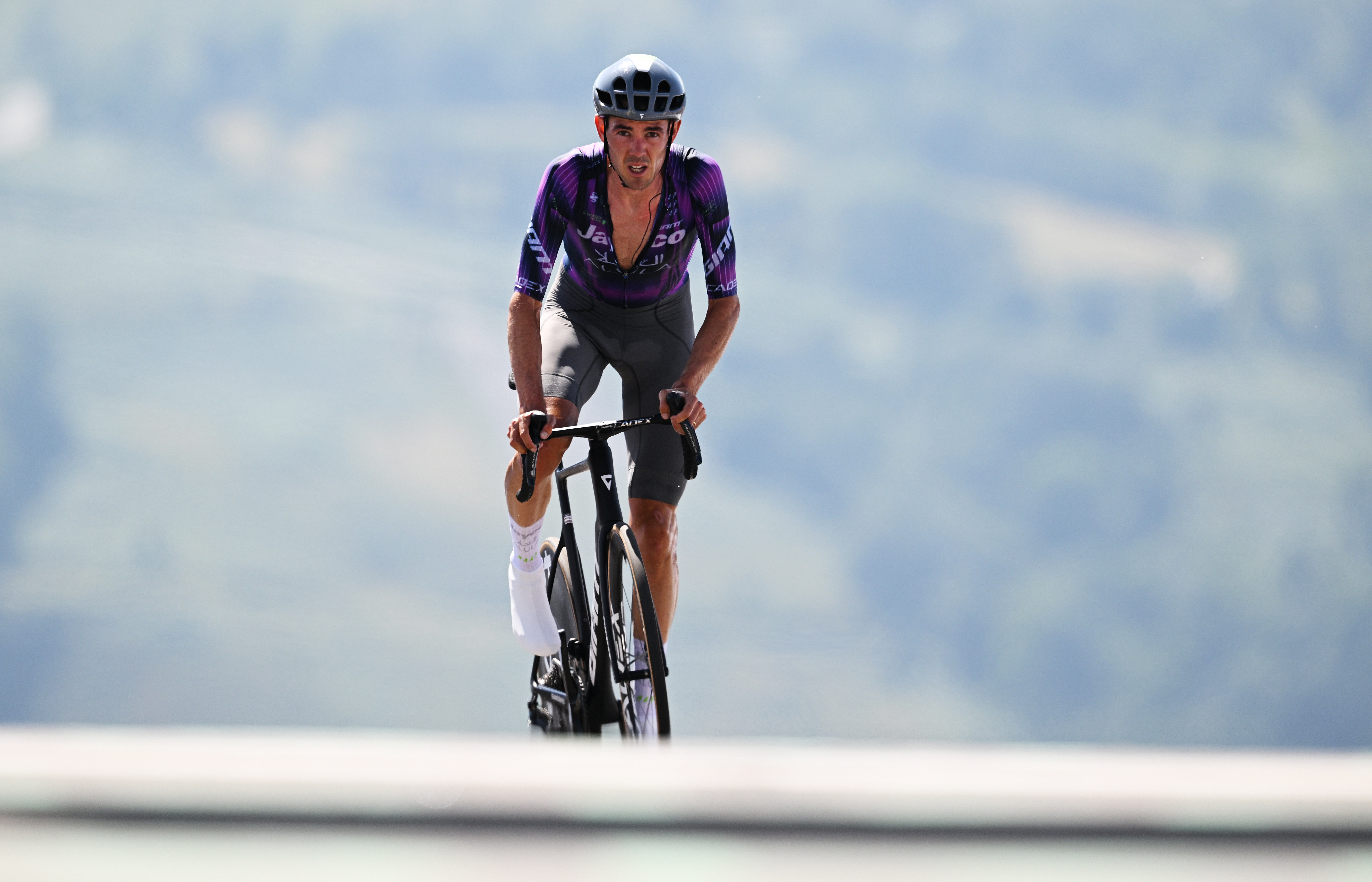Making of a president: How does the UCI presidential election work?
Who votes, who can stand, and what really matters in an election
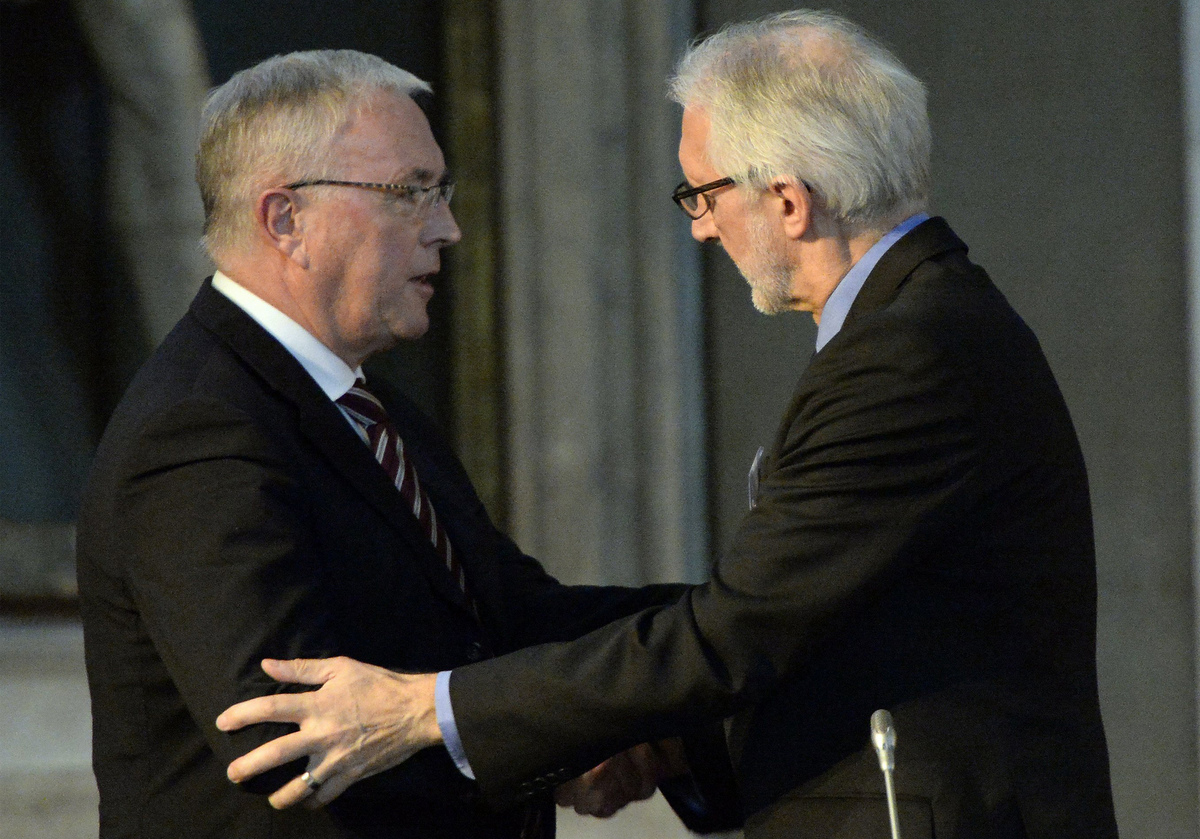
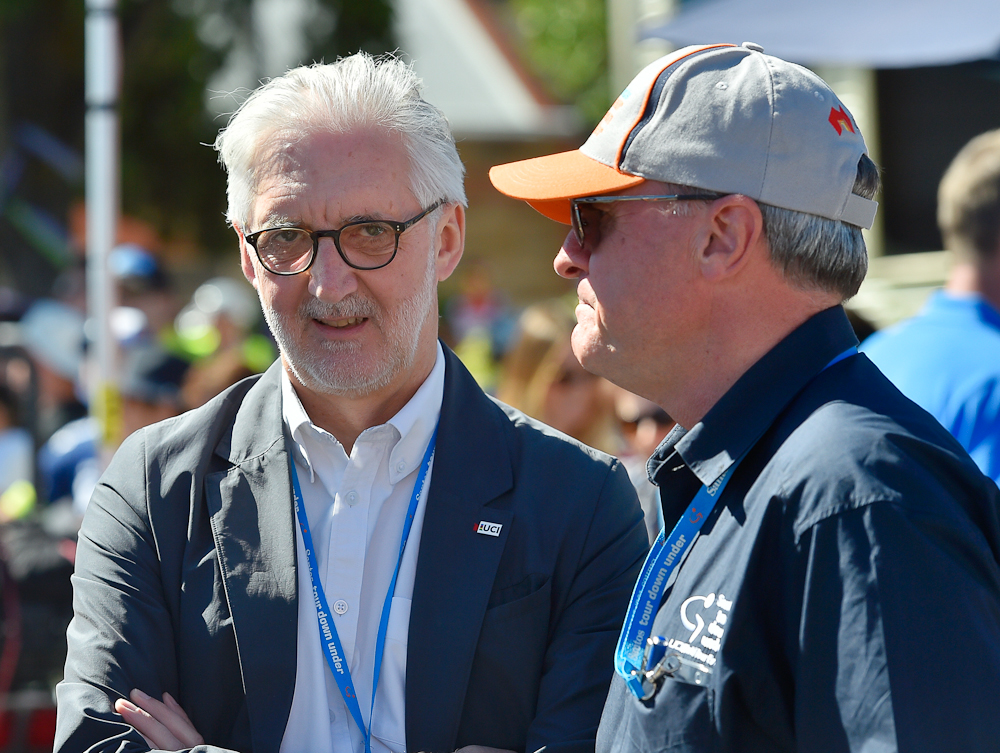
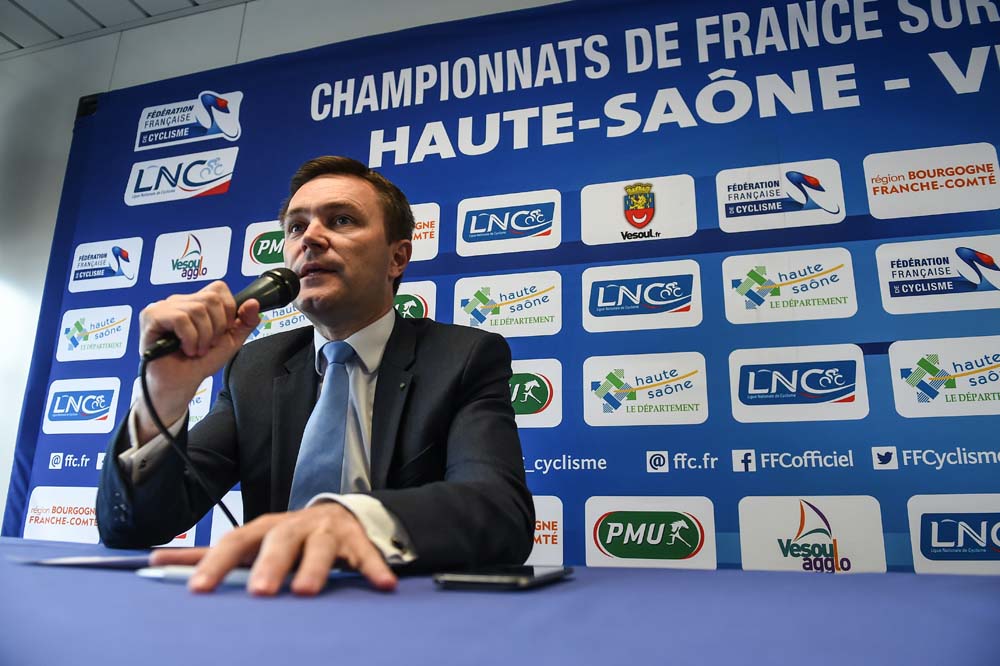
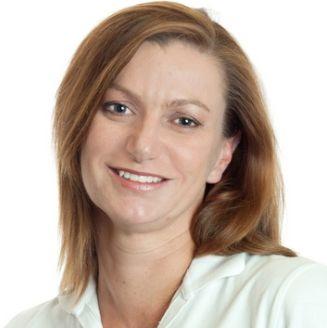
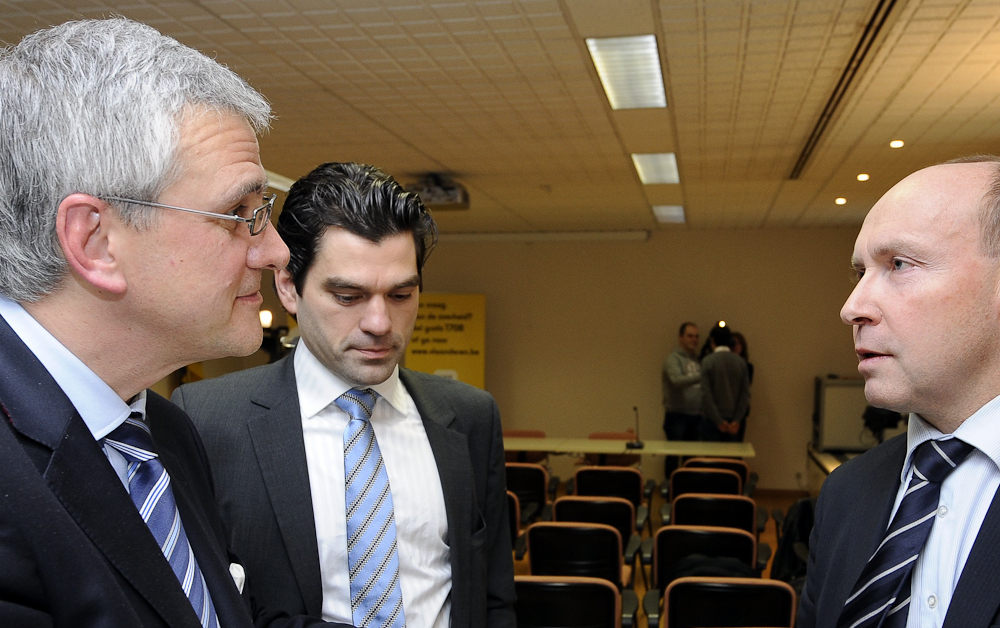
With four years having elapsed since Brian Cookson stood against Pat McQuaid at the last UCI presidential election, and with changes to the UCI's constitution now making it easier to secure the presidency, Cyclingnews asked Feargal McKay to break down the process by which the UCI's president is elected.
According to its last annual report (2015) the UCI represents “the interests of 185 National Federations, five Continental Confederations, more than 1,500 professional riders, more than half a million licensed competitors, several million cycling enthusiasts and two billion bicycle users all over the world.” If you're reading this the chances are high that you are one of those two billion bicycle users worldwide, possibly even one of those half a million licensed competitors. A question you might be asking yourself, then, is how the UCI will take into account your wishes when it comes to any presidential election that might take place at its 186th Congress in Bergen, Norway, on September 21st.
Who gets to vote?
Article 4 of the UCI's Constitution sets out who the UCI's members are, and it is not any of the individual cyclists whose interests the UCI claims to represent: “The members of the UCI shall be the national federations accepted by the Congress as being the representative organisation for the sport of cycling in general in the country of that national federation.”
Rather than simply giving each of those national federations votes based on the size of their membership, the UCI uses an electoral college system in which the interests of the 185 member federations are represented by five continental confederations.
Those five continental confederations, and the number of votes they can cast, are as follows:
- Union Européenne de Cyclisme, currently headed by David Lappartient, has 15 votes (up from 14 at the last election)
- Confederation Africaine de Cyclisme, currently headed by Mohamed Wagih Azzam, has nine votes (up from seven votes four years ago)
- Asian Cycling Confederation, currently headed by Hee Wook Cho, has nine votes (the same as 2013)
- Confederacion Panamericana de Ciclismo, currently headed by José Manuel Pelaez, has nine votes (the same as 2013)
- Oceanian Cycling Confederation, currently headed by Tracey Gaudry, has three votes (the same as 2013)
How many votes does it take to win?
A majority of the votes cast – more than 50 per cent – wins the election. If all of the available 45 votes are cast, that's 23 votes. If there's more than two candidates and no one secures the necessary number of votes in the first round of voting then the top two go into a second round. If that ends up tied then “the decision will be made by toss of a coin.”
Is the voting public and do we get to know who voted for whom?
Voting is by secret ballot, meaning no one is supposed to know who voted for whom. In the last election, in 2013, Brian Cookson defeated Pat McQuaid by 24 votes to 18. All of the available 42 ballots were cast. While the UCI's regulations do not appear to require a confederation to give all their votes to the one candidate it would appear that Cookson won in 2013 having secured the support of the key confederation, Europe (which had come out for him ahead of the vote), along with the support of Africa and Oceania.
The latest race content, interviews, features, reviews and expert buying guides, direct to your inbox!
Following the changes to the voting procedure, the victor in 2017 – should there be an election – will only need the full support of Europe and one of Africa, Asia or the Americas (or, alternatively, will need to secure the full support of each of Africa, Asia and the Americas). That, of course, is assuming each of the confederations casts all of their available votes behind the one candidate.
Who can stand?
Candidates shall be nominated by their national federation (based on nationality or residence). The incumbent President seeking a re-election shall not require any nomination. The president is limited to a maximum of three terms but with an option on a fourth term should Congress so choose.
Nominations must be lodged with the UCI at least three months before the election, making June 21 the cut-off day (fortunately, a relatively quiet week in between the Tour de Suisse and the Tour de France).
Is there likely to be an election in 2017?
Brian Cookson has made clear that he intends to seek a second term and the ideal scenario for him – especially after the farcical scenes that played out during the last election – would be for him to be re-elected unopposed.
David Lappartient, one of the UCI's three vice presidents, has made no secret of the fact that he would one day welcome the chance to lead the UCI and, while he has sought to play down talk of running in 2017, such talk has been persistent for some time now. While Lappartient has the support of FDJ team boss Marc Madiot, Cookson has publicly said that he should wait another four years before taking a tilt at the presidency.
Another member of the UCI's current management committee, Tom Van Damme, has indicated that he might run, offering criticism of the way the WorldTour has been run. With newly added races the Tour of Qatar and the Presidential Tour of Turkey disappearing from the schedule, those criticisms are likely to get louder. It is not clear whether Van Damme actually wants the presidency or whether he's just angling for a better job next term: he is currently the head of the Road Commission and a member of the Professional Cycling Council (the latter is currently headed by Lappartient).
No other candidates have publicly expressed an interest but, should the forthcoming reports from UK Sport and UKAD reflect badly on Cookson, other candidates could emerge.
Is that all you need to know?
If securing the support of the necessary 23 votes to win the presidency were as easy as all that then yes, that would be all there is to it. But it isn't. This is why, at the last election, Brian Cookson used the services of the marketing agency Vero Communications and why UK Sport put a sum said to be £78,000 into his campaign. And it is why Igor Makarov's public support of Cookson, and the dossier of corruption allegations against Pat McQuaid, were an important feature of the last election.
It is also why many believe that, should Lappartient stand against Cookson in September, Tour de France organiser ASO will involve itself in the election, on the Frenchman's behalf. In previous elections the pages of L'Équipe have played a role, most notably in 2005, during ASO's disagreement with the UCI over the Pro Tour. ASO, however, played no notable public role in the last election, preferring to sit on the sidelines and watch how events played out, a role in keeping with the company's general philosophy since Marie-Odile Amaury became head of the family business.
One thing, however, is clear: when it comes to electing the UCI's president, the views of the more than half a million licensed competitors, several million cycling enthusiasts and two billion bicycle users all over the world whose interests it claims to represent don't amount to a whole hill of beans.
